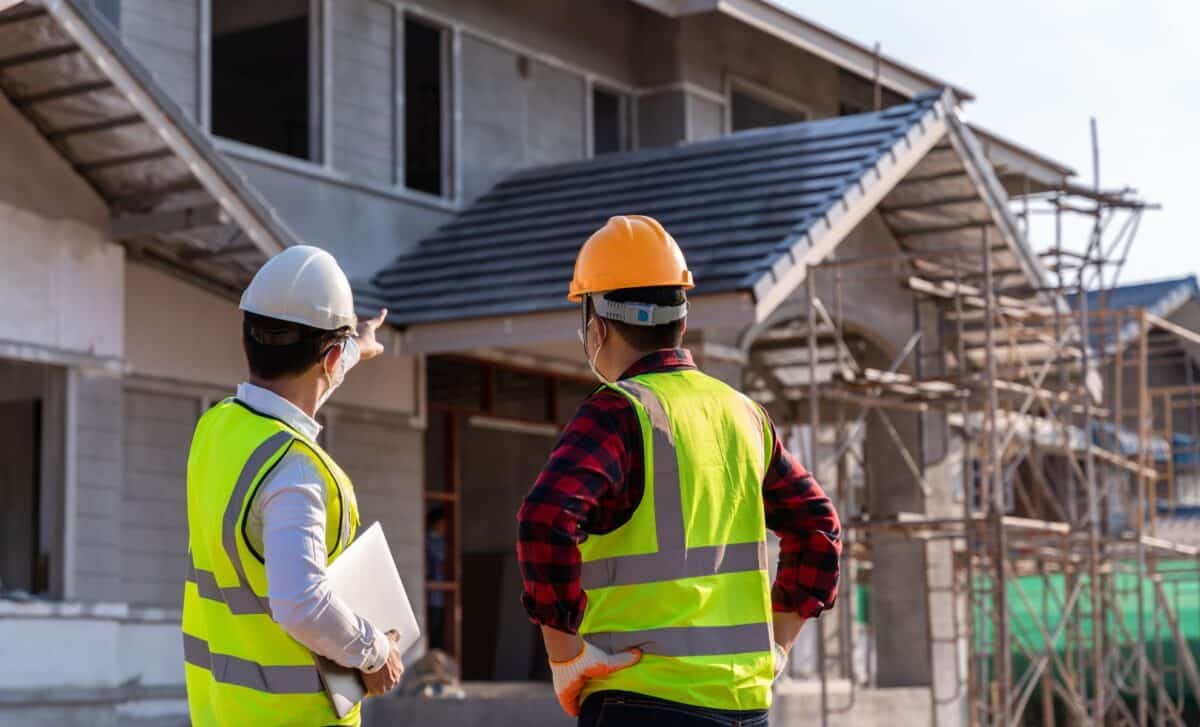The US housing market is bracing for a significant shift as new tariffs on imports from China, Canada, and Mexico drive up construction costs. Essential materials are now subject to increased duties, placing further strain on an already tight market.
Builders and homebuyers alike are expected to feel the effects, with higher costs potentially leading to increased home prices and reduced affordability. Tariffs on Chinese goods have risen to 20%, while imports from Canada and Mexico now face a 25% duty.
According to CNBC, these tariffs are expected to impact home construction and the broader real estate sector.
Rising Material Costs to Increase Home Prices
A major consequence of these tariffs is the immediate rise in construction costs. Lumber, a crucial component in homebuilding, is heavily imported from Canada, which is now subject to a 25% tariff, in addition to a 14.5% duty already in place.
According to the National Association of Home Builders (NAHB), these increases could add between $7,500 and $10,000 to the cost of building a new home. Data from the Leading Builders of America (LBA) suggests that lumber alone accounts for $4,900 of this increase per home.
Prices for Western Spruce-Pine-Fir two-by-fours have already risen 13% since the announcement of the tariffs. With construction firms forced to absorb these higher expenses, new home prices are expected to rise, limiting affordability for prospective buyers.
Homebuilders Face Supply Chain and Labour Challenges
Beyond the direct cost increases, homebuilders must navigate supply chain disruptions and labour shortages. The tariffs may lead Canadian producers to cut back on exports to the US, creating further material shortages. Domestic lumber mills, while seen as an alternative, require years of investment before they can increase output.
Industry experts note that ramping up US production is not a quick fix. Kyle Little, COO at Sherwood Lumber, emphasised that building new sawmills can take up to three years, given the limited number of manufacturers capable of producing the necessary machinery.
“On top of that, once a mill was built, labor had to be found to operate the mill. These mills are in rural areas that tend not to have the skilled labor force needed to operate a modern sawmill. This added another year before the mill was operating at full capacity,” she added.
Tariffs Affect More Than Just New Construction
The effects of these tariffs extend beyond new home construction. Drywall, appliances, and finishings—many of which are imported—will also become more expensive.
The US imported $215 million worth of gypsum in 2023, primarily from Spain, Mexico, and Canada, making it a critical material affected by the new tariffs.
Higher costs on building materials could make renovations and home improvement projects less attractive, according to Danielle Hale, chief economist at Realtor.com. Existing homes may see increased demand as new homes become pricier, leading to higher resale values.
“We may also see a lower appetite for major remodeling projects that would rely on these tariff affected inputs, hamstringing the ability of consumers to remake their homes to fit their current needs.”
Housing Market Pressure Continues Despite Mortgage Rate Declines
These tariff hikes come at a time when the US housing market is already under strain. Sales of newly built homes fell 10% in January, and contracts on existing homes hit a record low, according to the National Association of Realtors.
Despite a recent drop in mortgage rates from 7.26% in January to 6.64%, affordability challenges remain due to persistently high home prices.
While the Trump administration has moved to increase domestic lumber production through deregulation, industry leaders caution that this will take time to yield results.
In the meantime, the impact of tariffs on builders and buyers is immediate and significant, with further shifts in market dynamics expected in the coming months.









